A surfboard leash, also referred to as a surf leg rope, is a critical piece of equipment for any surfer. It links the surfer and the surfboard with an urethane cord, offering both safety and convenience. The leash ensures the safety of both the surfer and those in the surrounding area, while also allowing him to conserve energy by avoiding the need to locate his board after a fall.
Initially, the “kook cord” as it was called, was a homemade piece of equipment made from surgical cord and attached to the surfboard using a simple suction cup. It was not well-received, as its inventor Pat O’Neill was even disqualified from competing in an event held by the largest surfing association of the time for using it. However, it quickly gained popularity and became almost mandatory at surfing spots around the world, not only for surfers, but also for stand-up paddleboarders, bodyboarders, and foil boarders.
Today, it’s rare to see surfers without a leash. Even if some controversial longboarders on certain spots choose not to, as leashes could possibly bother them when moving up and down the length of their surfboards. Choosing to go leashless should only be done in areas far from anybody by only skilled surfers.
Key Components of a Surfing Leash
Leash String: The small cord that connects the leash plug on your surfboard, linking the leash to the board. All the leashes we sell come equipped with a leash string. Please note that this may not be the case everywhere.
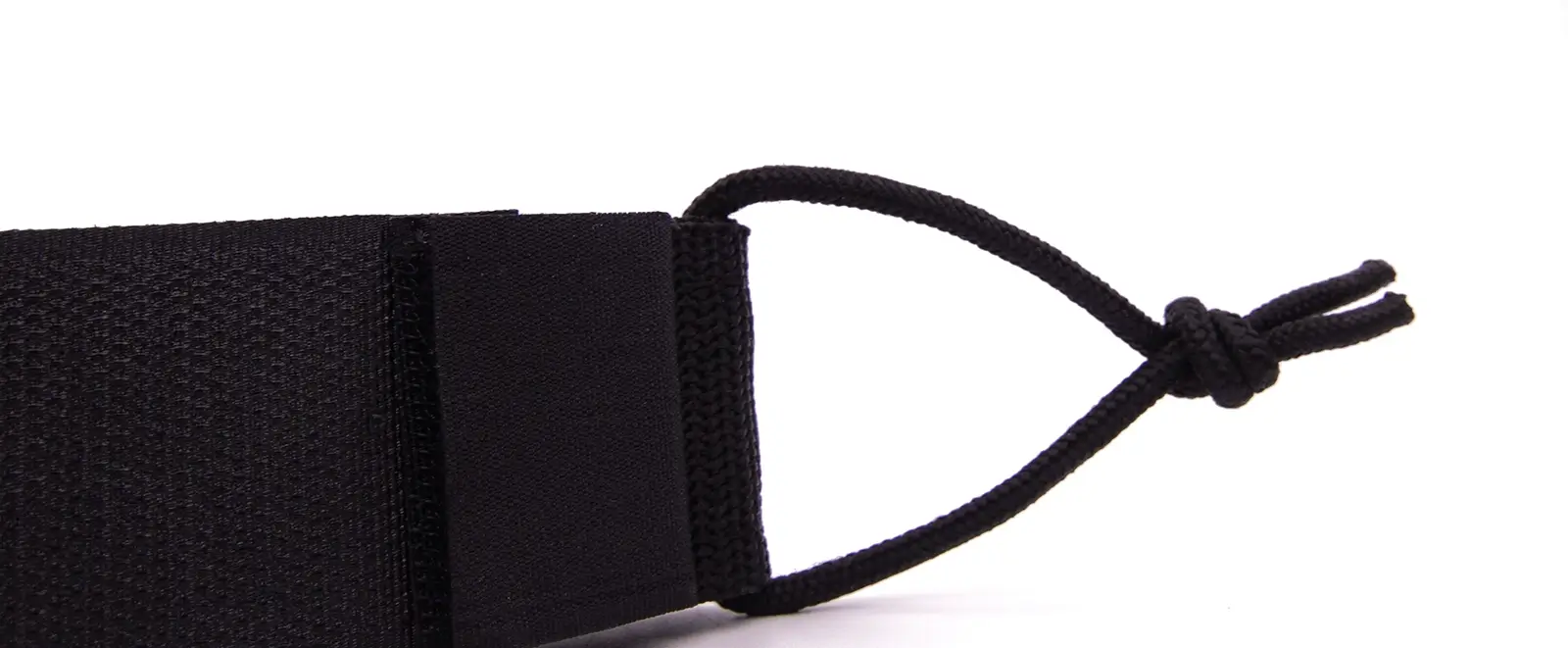
Rail Saver: As the name implies, this is the piece of equipment that protects the rails of your surfboard. This part will be in direct contact with your board. Without it, the leash could potentially cause damage to both the leash and the glass of your surfboard.
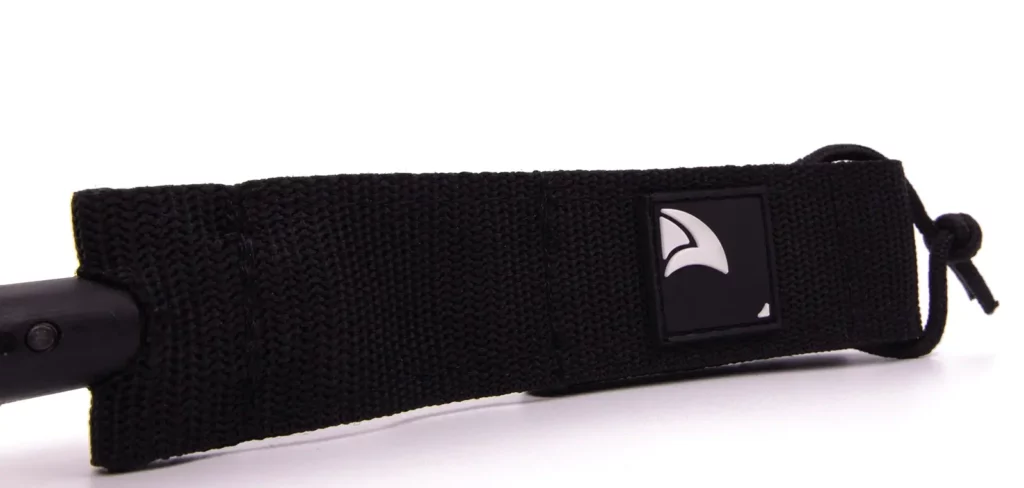
Cord: The cord is made of urethane, also known as polyurethane, a material chosen for its elasticity, resistance to humidity, and buoyancy. It comes in various thicknesses and lengths, as we will see below.
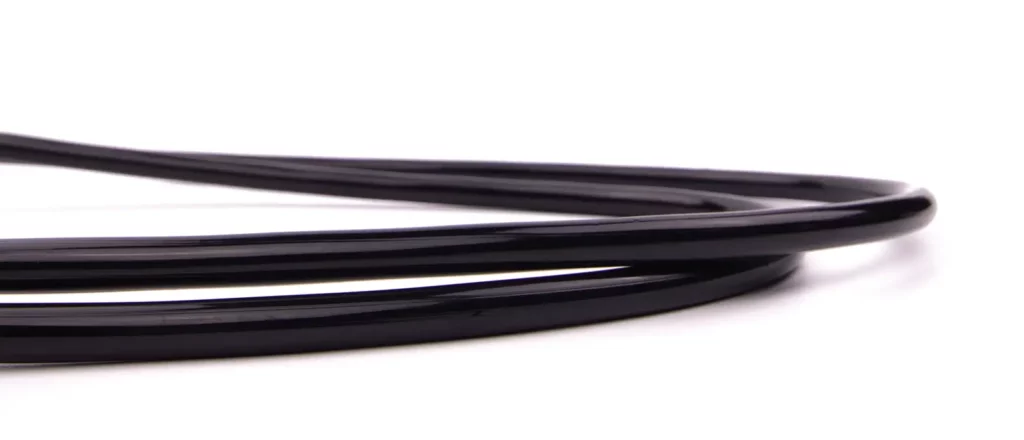
Swivel: A metal piece (usually made of stainless steel) that allows the leash to twist and spin around the rope. Note that some leashes on the market only have one swivel near the cuff, not on each side of the cord.
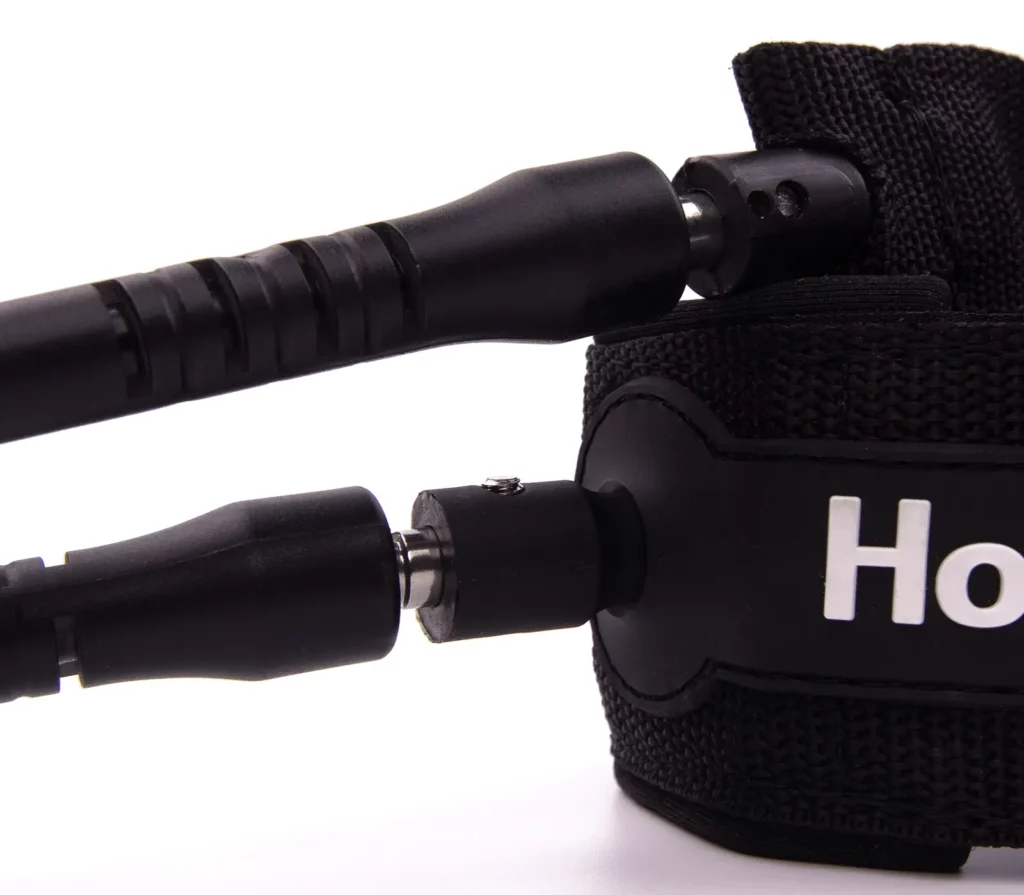
Cuff: The part attached to your body, made of a double wrap of Velcro, with sometimes a key pocket. Some leashes, like ours, have an urethane loop for easy attachment or detachment in case of danger
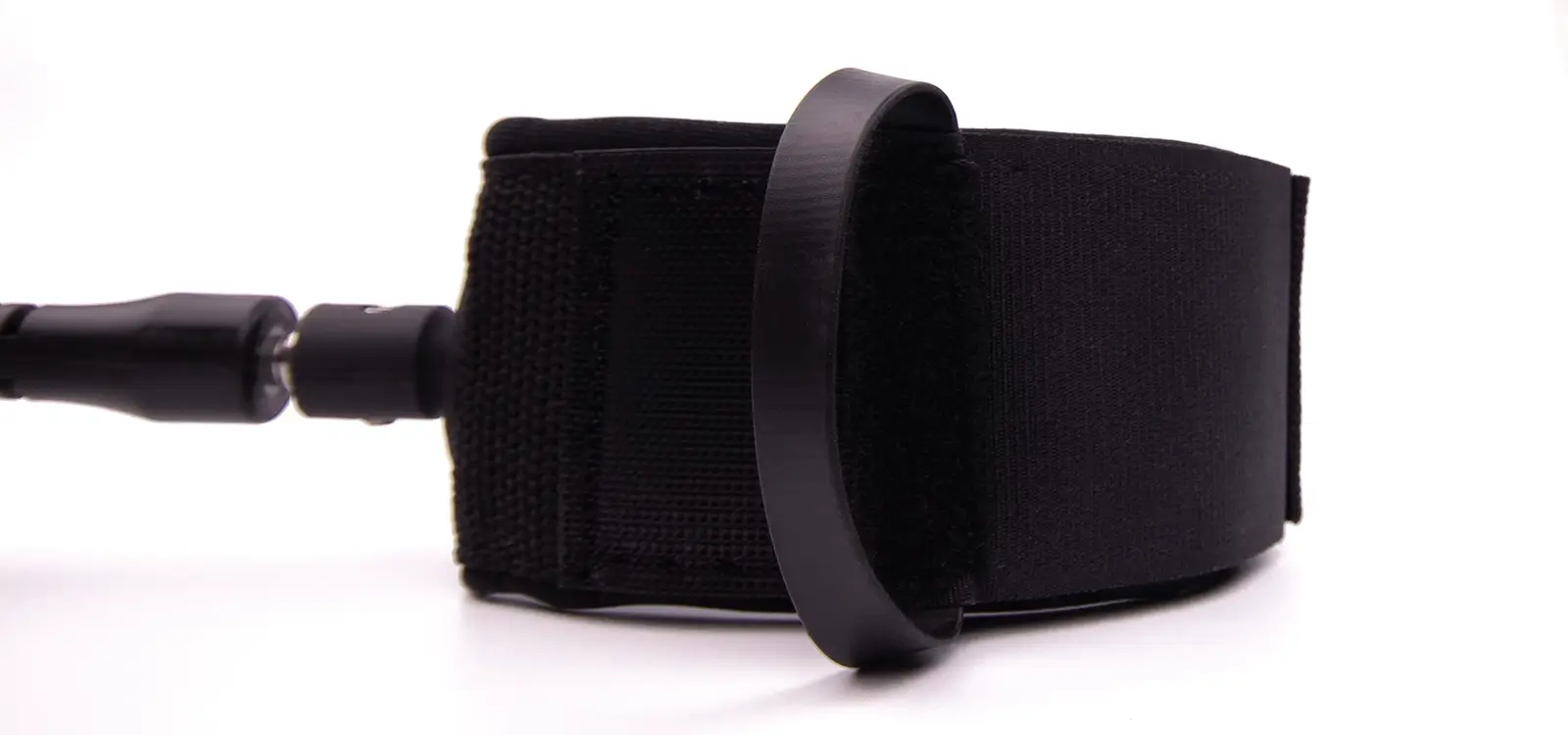
The three main factors that you should consider while choosing your surfboard leash
Length – The length of the leash should be equal to or slightly longer than your surfboard. The reason behind this is to avoid getting hit by your own surfboard if it bounces back and comes close to you. You will also have a better chance of quickly recovering your board. For example, if your surfboard is 5’10, you should go for a 6′ leash, and if you’re surfing a 7.3 board, an 8′ leash would be ideal.
Thickness – The thickness of leashes typically ranges from 5 mm to 8 mm and slightly beyond. A thicker leash would be stronger and more durable, but it would also have more drag in the water. A 5 mm (3/16″) leash also called a competitive leash would be for advanced surfers in small to medium waves. Around 7 mm (1/4″) it would be a standard all-around leash made for most surfers in most conditions. Finally, a leash with a thickness of 8 mm (5/16″) and above would be specifically designed for big-wave surfing.
Ankle vs Knee/Calf Cuffs – The most common attachment is the ankle leash, which is best for surfboards where limited movement on the board is required. It is more comfortable and allows for easier board retrieval than knee/calf cuffs. However, it also increases the likelihood of entanglement. Knee or calf cuffs are better suited for longboarders and stand-up paddlers who need to walk frequently up and down on their board. The higher attachment point reduces drag and reduces the risk of leash tangling during movement.
Few leash-related tips:
Would you like some assistance in selecting a leash?
Do not hesitate to ask us.
If you need any surfing equipment, have a look at our performant and accessible Fins, Traction Pads, and Leashes, we deliver worldwide!

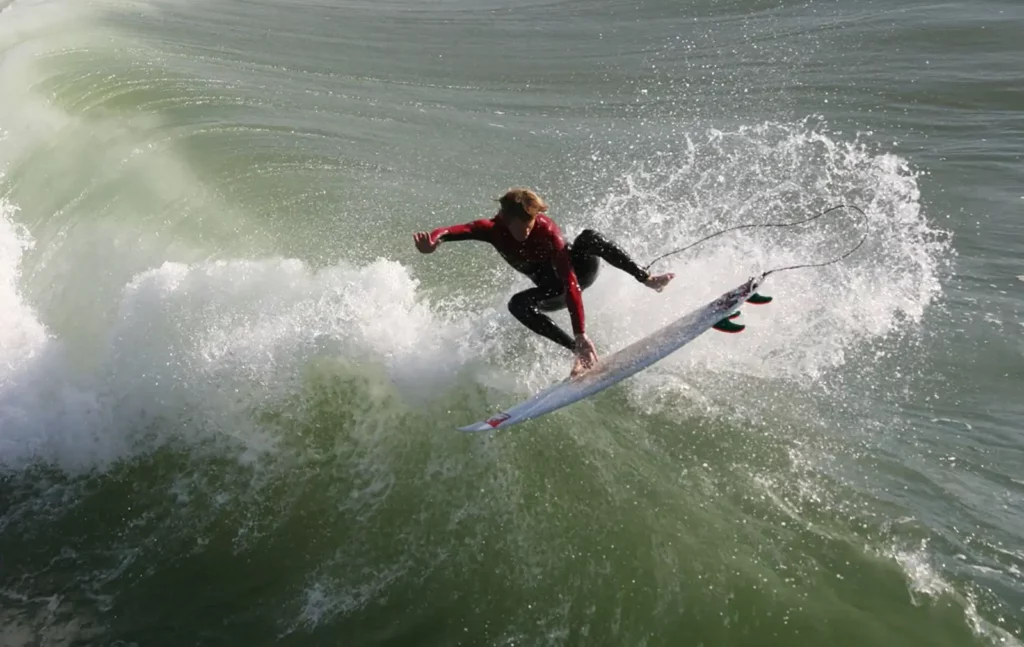
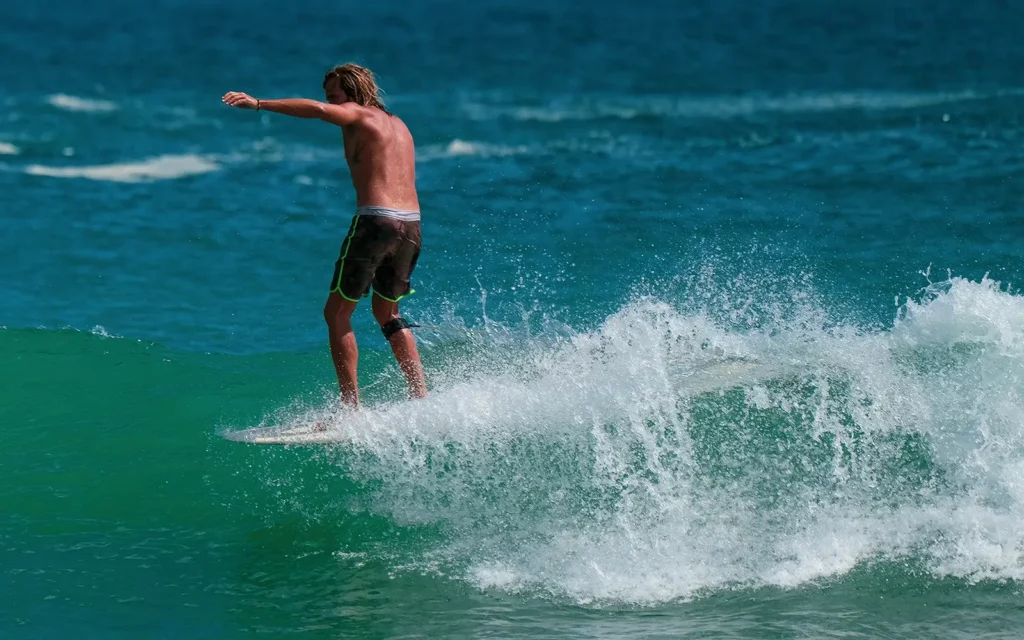
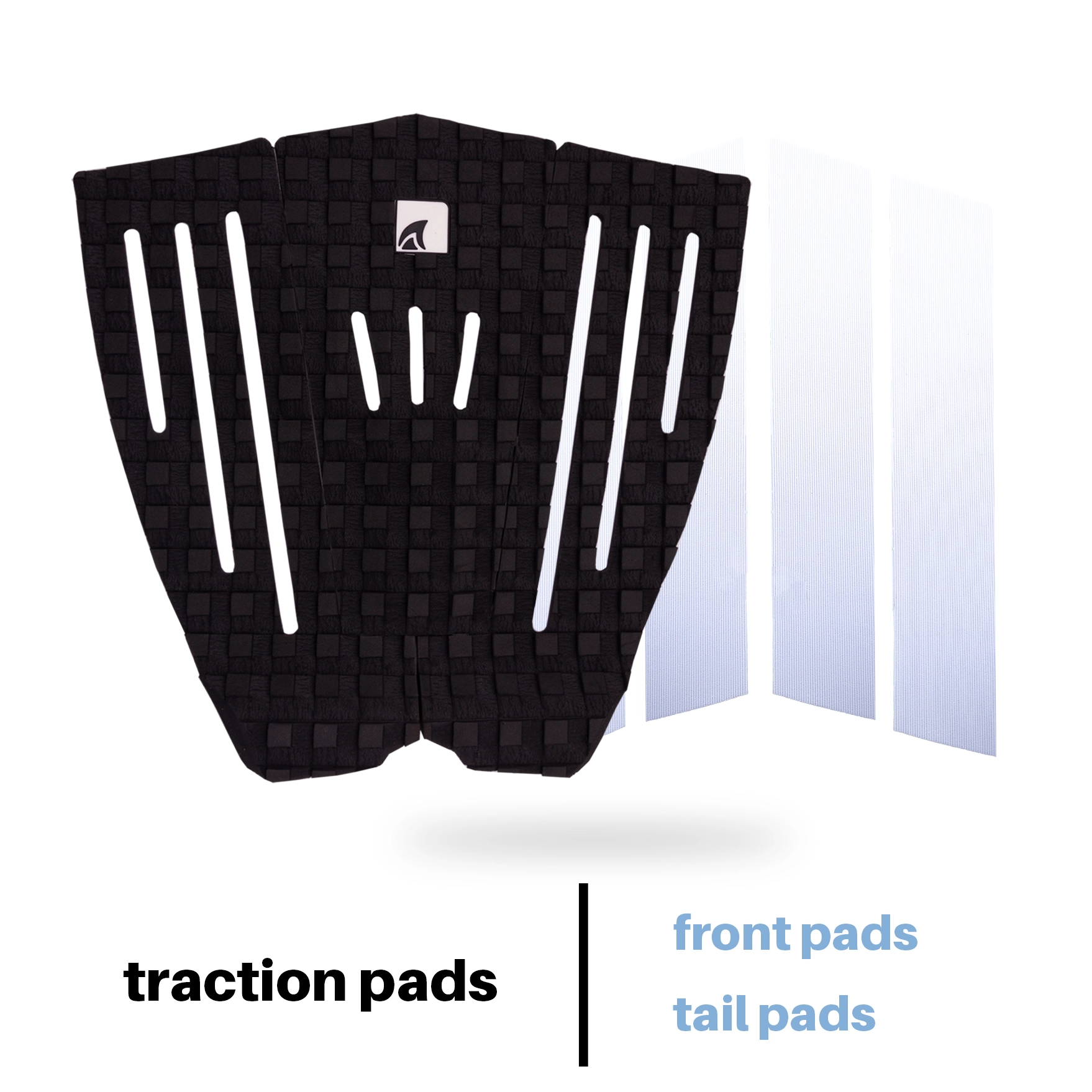




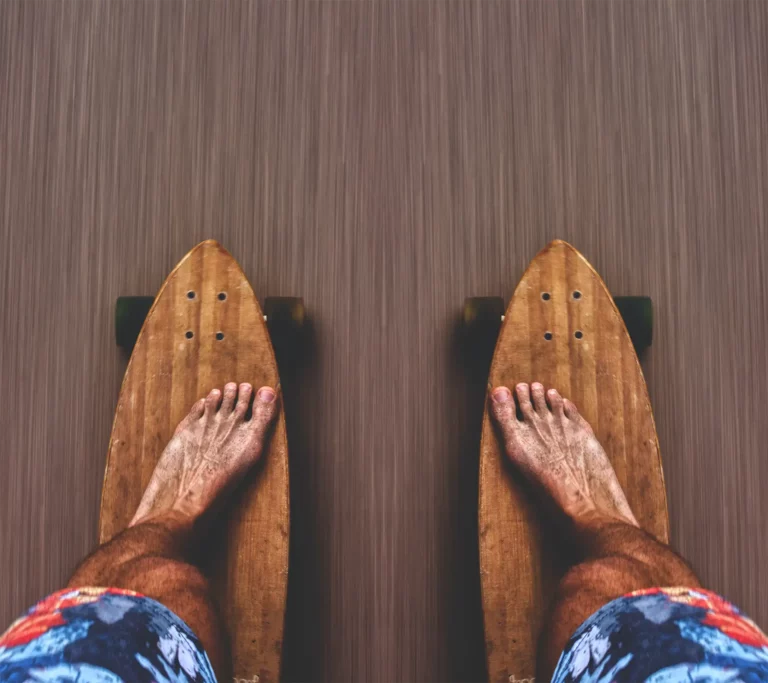
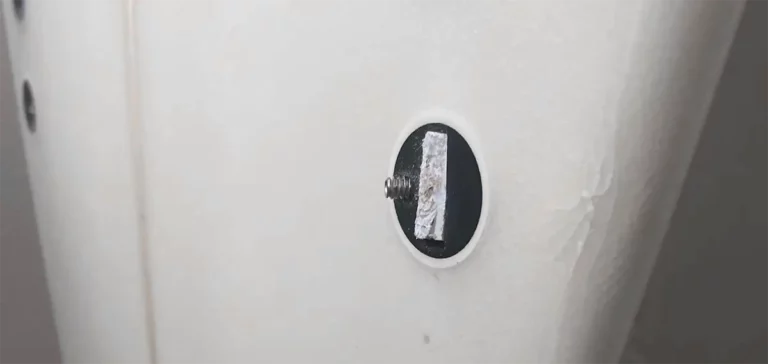


Leave a Reply